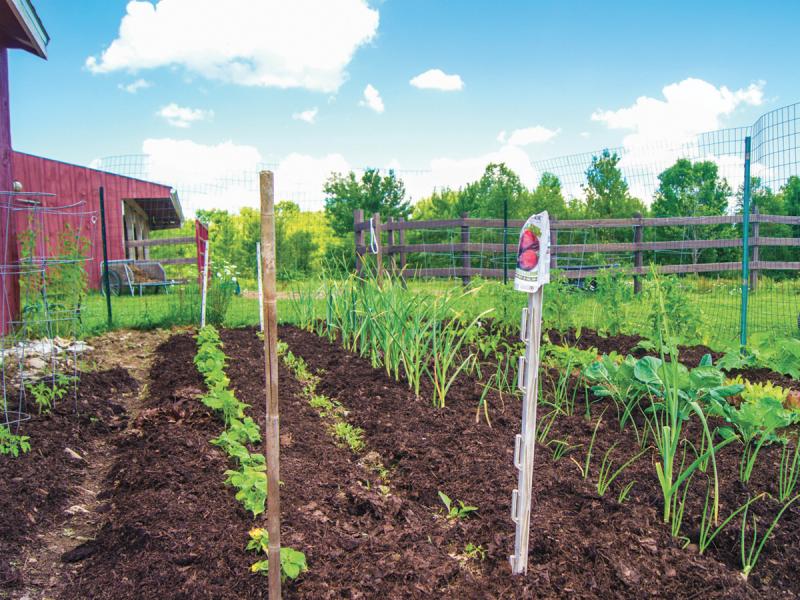It can be hard to determine the cause of economic disasters like the Great Depression, but a common theme is that farmers and working people never shared in the prosperity of the 1920s, and when disaster hit they had little to fall back on. One thing the Depression did, however, was give us so-called Depression gardens.
These gardens were sometimes tucked into flower beds or planted in vacant lots. Because they were often in these places, they were more or less left on their own to thrive or die.
If economic uncertainty is haunting you, try planting your own Depression (or Recession depending upon your outlook) garden. Aim for high-density foods such as potatoes. A single potato has minerals such as magnesium, potassium, copper, iron, and manganese, along with vitamin C and most of the B vitamins.
Besides being a powerhouse of nutrition, potatoes are a good plant 'em and forget 'em food. Cover the newly emerging potato plants with a deep layer of mulch to kill weeds, and they are nearly carefree.
Best of all, potatoes can be planted as early in the spring as you can dig up the soil.
Use certified seed potatoes, which means they are free from disease. If the seed potatoes are large, simply cut them up, leaving at least two eyes, or buds, on each piece. Potatoes grow best in loose, cool soil that gets full sun. You can even grow potatoes in bags of dirt or trash cans. Plant the seed potatoes cut side down and cover with about three or four inches of soil.
Because exposed potato tubers exposed to sunlight will turn green and actually contain a poisonous substance called solanine, you should pull dirt up over the lower part of the plant. This is called “hilling” and is usually done a few times during the growing season.
Hill the potato plants in the morning because the plants droop as the day wears on.
You can dig up new potatoes as soon as they are formed, often just a few weeks after the plants bloom. These fresh small potatoes are delicious, but will not keep very long. For long-term storage potatoes, let the plants die down before digging up the tubers.
Another high-value crop for your recession garden is kale. This leafy green is easy to grow and has lots of vitamin K that nourishes your blood along with lutein that helps your eyes. Kale is also rich in immune-system booster vitamin C.
Like potatoes, kale is a cool-weather crop that needs cool weather to grow best. You can start kale seeds indoors or direct seed it into the garden as soon as you can dig the soil. It grows best in well-drained, rich soil with a pH of 5.5 to 6.8.
Like potatoes, plant your kale in full sun or partial shade. Sow the seeds one-half-inch deep, three inches apart.
Once the kale is up and growing, thin the plants so they are a foot apart in the row. Best of all, you can eat the small plants that you have thinned out.
Kale grows well next to beets, celery, herbs, onions and potatoes. So if you are worried about the economy, put some of that to rest by planting your own Recession Garden, starting with potatoes and kale.
And as we know, money isn't everything: No matter how much money you pay for a dog, only love makes him wag his tail.










































